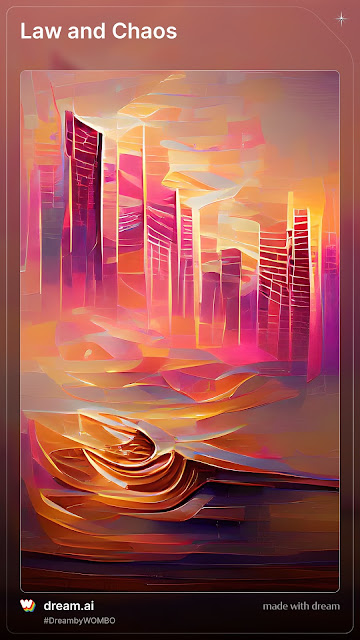In the past year, I’ve enjoyed listening to several efforts to read the AD&D 1E DMG aloud and untangle its famously opaque contents. Listening raises a number of interesting questions and writing ideas. One that struck me was how nine-grid alignment was born, and then how it has deviated from its intended use.
Alignment, as Gary Gygax presented it in the 1E DMG, was both a guide to behavior (a roleplaying tool) and a chess board for faction play. The former application led to countless arguments and fruitless battles, and D&D-derived games have either mostly dropped alignment (as in D&D 5E, where it is mechanically almost vestigial) or have altered it significantly (for example, Dungeon World).
The latter use – for driving faction conflict – is as useful as ever, and probably underappreciated.
Law and chaos have as much oomph as they ever did, whether used in the style of the Elric books that inspired them, or simply to distinguish group (lawful) and individual (chaotic) priorities. The latter tension still drives loads of modern media; it’s the crux of most of the conflict in the Marvel Cinematic Universe. So law and chaos can stay.
But how about replacing good and evil? The concepts of good and evil may exist in the world, but they’re abstract and philosophical, as they are in the real world. They’re not part of our new grid that we invite players to opt into when they create characters. What should we use instead to create a nine-grid alignment chart?
We could certainly simply rename the good-evil axis. Celestial and terrestrial? Earthly? Telluric? Rational? Pragmatic? Different adjectives put different spins on the spectrum we will cross with law-chaos.
What if we move further afield? I’ve long been a fan of the Jungian treatment at From the Sorcerers’ Skull. You could build an entire RPG around the adventuring implications of this chart.
What about using social status as an axis? For a dungeon project I’ve been working on, I created the following nine-grid “alignment” chart for character background plus starting "special" equipment.
| Noble (1-2) | Servant (3-4) | Imposter (5-6) | |
|---|---|---|---|
| Lawful (1-2) | Vicar (Holy Water) | Hunter (Bear Trap) | Spy (Forgery Kit) |
| Neutral (3-4) | Scholar (Tome of Lore) | Bricklayer (Trowel and Fast-Dry Mortar) | Thief (Lockpicks) |
| Chaotic (5-6) | Black Sheep (Gunpowder Bomb) | Fired Yesterday (Hidden Knives) | Goblin (Human Disguise) |
Think about all the implicit world building work done by presenting a law-chaos/noble-imposter grid.
For the same project, I used Patrician, Proletarian, Pastoral as categories. Again, these adjectives can be crossed with the law-chaos spectrum to create very interesting combinations. Just the intersection of those two ideas is enough to spark interesting characters and situations.
Next: Alignment Languages Were Good, Actually




No comments:
Post a Comment